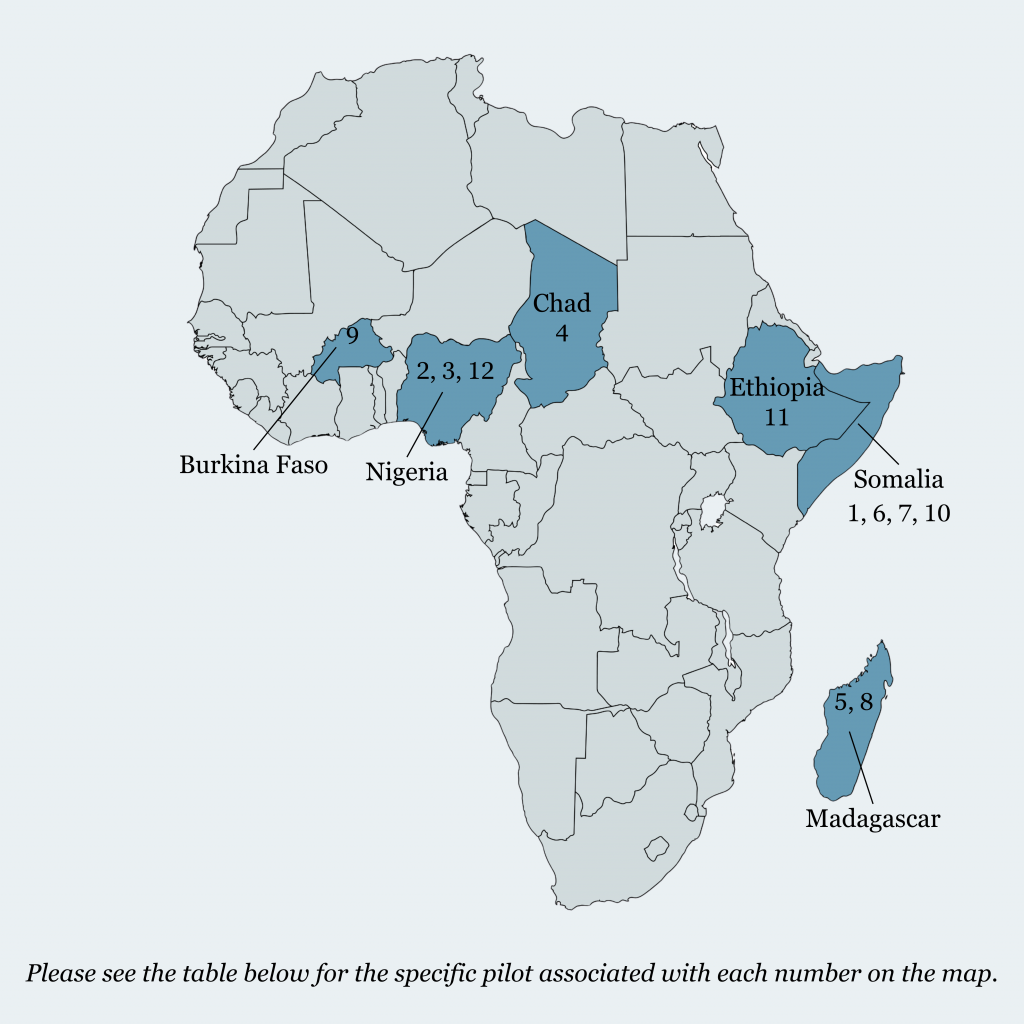Clean water. Most of us take it for granted. We can turn on the tap and have safe water to drink whenever we want, without having to give it a second thought. That’s not the case for more than a billion people around the world who lack access to uncontaminated drinking water. This is a significant health concern: According to the World Health Organization, more than 500,000 people die each year from diseases caused by contaminated water.
We’ve been thinking hard about how best to build on our past grantmaking to address the huge need for clean water. In January, we launched a public request for information (RFI) to identify organizations who would be interested in implementing chlorination programs in countries with a high burden of waterborne disease.
RFIs are a relatively new strategy for GiveWell aimed at identifying highly cost-effective grantmaking opportunities. The call for water chlorination programs was just the second RFI we issued. The first, completed in 2024, was for research grants, and we’ve since completed another, for programs aimed at increasing vaccination rates. We’ve been excited about the overwhelming interest our RFIs have received. By the March 7 application deadline for water chlorination programs, we had received more than 200 applications.
From that group, we recently funded a portfolio of grants totaling around $15.5 million to support pilots of in-line chlorination programs in six African countries. Adding chlorine to untreated water is an inexpensive method of making it significantly safer to drink,1Chlorination reduces the concentration of waterborne bacteria and viruses, thus protecting against diarrheal illness, though it does not deactivate all diarrhea-causing pathogens. For example, it has limited effectiveness against the protozoan parasite Cryptosporidium, one common cause of diarrhea in children in low-income settings. For more on the effect of chlorination, see this section of our report on water quality interventions. jQuery(‘#footnote_plugin_tooltip_15989_1_1’).tooltip({ tip: ‘#footnote_plugin_tooltip_text_15989_1_1’, tipClass: ‘footnote_tooltip’, effect: ‘fade’, predelay: 0, fadeInSpeed: 200, delay: 400, fadeOutSpeed: 200, position: ‘top right’, relative: true, offset: [10, 10], }); and we’re excited about the good these grants might accomplish—and what we can learn from them.
First, the pilots will provide thousands of vulnerable people with access to safe drinking water. We estimate that the in-line chlorination devices installed as part of the pilots will provide the equivalent of one year of safe water for more than 2.8 million people and avert the deaths of more than 2,000 people, most of them children under five years old.
Second, because we funded a wide range of implementing organizations working in different contexts and with different program models,


